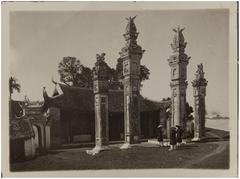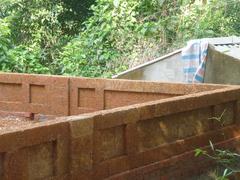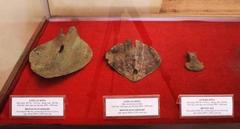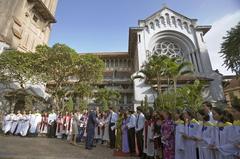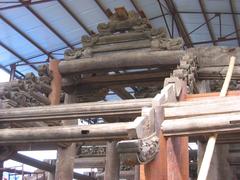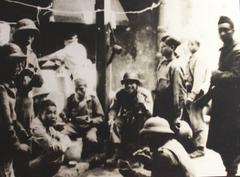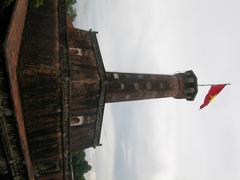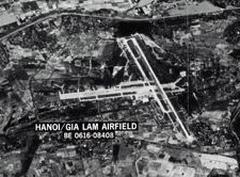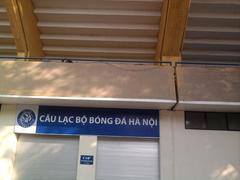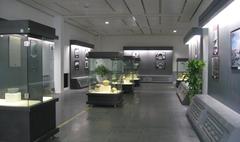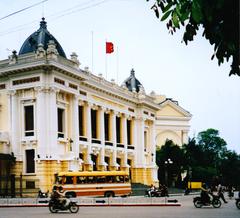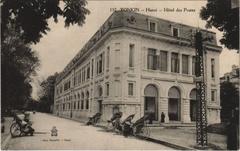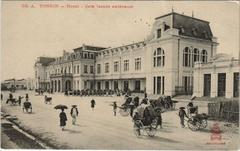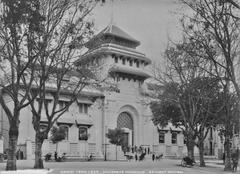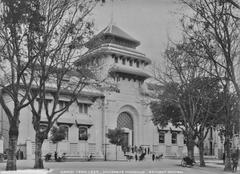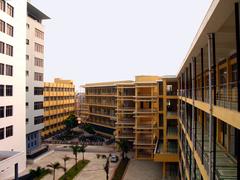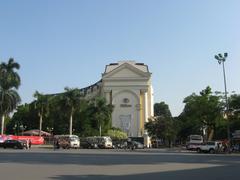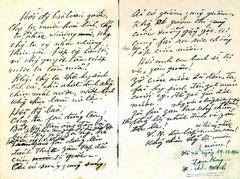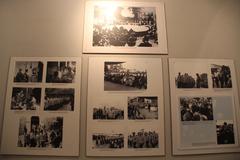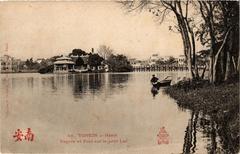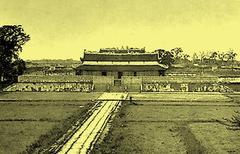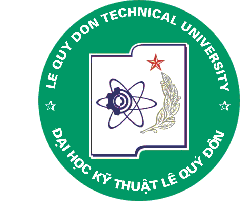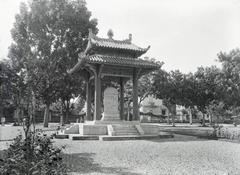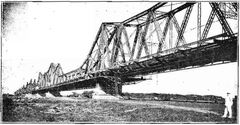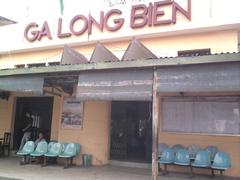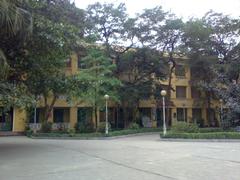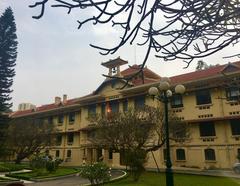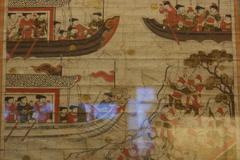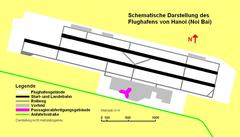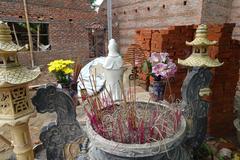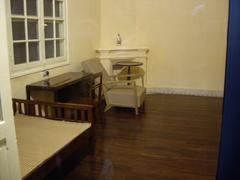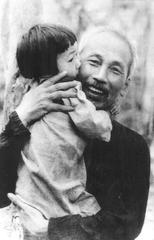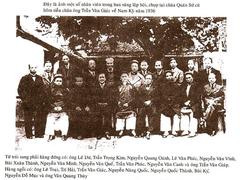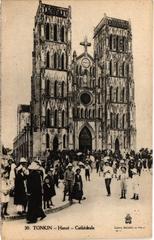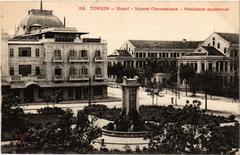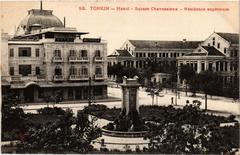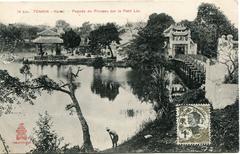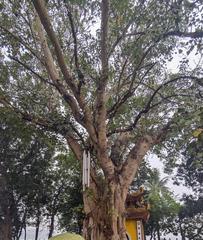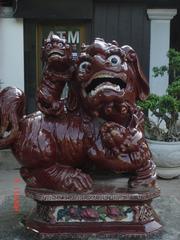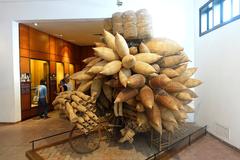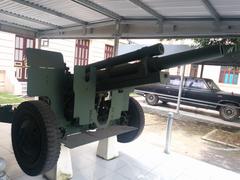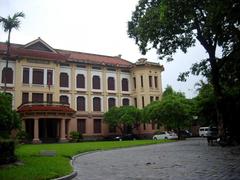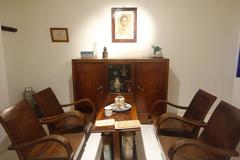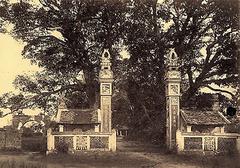Hanoi College of Fine Arts Visiting Hours, Tickets, and Historical Significance in Hanoi
Date: 14/06/2025
Introduction
Nestled in Hanoi’s historic heart, the Hanoi College of Fine Arts—now the Vietnam University of Fine Arts—stands as a beacon of Vietnamese artistic heritage and cultural evolution. Founded in 1925 as the École des Beaux-Arts de l’Indochine during the French colonial period, the institution has played a pivotal role in shaping modern Vietnamese art. Its legacy is marked by a harmonious blend of Western academic techniques and traditional Vietnamese aesthetics, especially lacquer and silk painting. Alumni such as Nguyễn Phan Chánh, Lê Phổ, and Tô Ngọc Vân have helped define a unique Vietnamese artistic identity that continues to inspire generations.
Today, visitors can explore the vibrant campus, which fuses French colonial architecture with modern educational facilities. The university’s galleries, exhibitions, and studios offer a window into both the historic and contemporary art scene of Vietnam. Whether you are an art lover, a cultural explorer, or a traveler seeking immersive experiences, this guide provides all essential details on visiting hours, tickets, tours, accessibility, exhibitions, and practical tips. The university’s central location—close to landmarks like Hoàn Kiếm Lake and the Temple of Literature—makes it a must-see destination for anyone interested in Hanoi’s cultural life.
For the latest events, exhibitions, and visitor services, consult the official university website and trusted resources such as VietnamOnline and HandWiki.
Table of Contents
- Introduction
- Historical Overview
- Visitor Information
- Notable Artists and Artistic Contributions
- Nearby Attractions
- Frequently Asked Questions (FAQ)
- Practical Tips for Tourists
- Conclusion and Call to Action
- References
Historical Overview
Founding and Early Development (1925–1945)
The Hanoi College of Fine Arts was established in 1925 as the École des Beaux-Arts de l’Indochine under French colonial rule. Under the guidance of Victor Tardieu and Joseph Inguimberty, the institution introduced Western academic art education to Vietnam, merging it with traditional Vietnamese techniques such as lacquer and silk painting. The curriculum included drawing, painting, sculpture, and decorative arts, emphasizing both technical mastery and creative exploration.
Indochinese Art Movement and Its Legacy
The college became the cradle of the Indochinese art movement, a synthesis of Western realism and Vietnamese themes. Influential artists like Nguyễn Phan Chánh and Lê Phổ, under the mentorship of French and Vietnamese teachers, developed a distinctive style that bridged two artistic worlds (The Collector).
Wartime Transformation and National Identity (1945–1975)
During the wars for independence, the college adapted its curriculum to foster patriotism and resilience. It became a hub for the Liberation Art Movement, with artists documenting the nation’s struggles and aspirations. The institution’s relocation to the Viet Bac Resistance Zone during the First Indochina War enabled continued artistic training, producing works that have become symbols of Vietnamese resilience (Wikipedia).
Post-War Reforms and the Đổi Mới Era (1975–Present)
After reunification, the school embraced Đổi Mới reforms, expanding to contemporary art forms and international trends. The university has since nurtured avant-garde groups and continues to attract students from across Vietnam and neighboring countries, remaining at the forefront of Vietnamese art education (Vietnam News).
Visitor Information
Location and How to Get There
Situated at 42 Yết Kiêu, Hoàn Kiếm District, Hanoi, the Vietnam University of Fine Arts is easily accessible by public transport, taxi, or on foot from central districts. It is near major sites such as the Hanoi Opera House, the French Quarter, and the Vietnam National Fine Arts Museum (Google Maps).
Visiting Hours and Ticket Information
-
Galleries and Museum Hours:
Monday–Friday: 8:30 AM – 5:00 PM
Closed on weekends (special exhibitions may have extended hours; check the official website for updates). -
Admission Fees:
General admission: 20,000–40,000 VND (~$1–$2 USD)
Discounts for students and children; special exhibitions may have separate fees.
Payment is typically in cash (Vietnamese Dong).
Guided Tours and Accessibility
-
Guided Tours:
Occasionally offered for groups or during major exhibitions, often led by art students or faculty. Inquire at the front desk or via the official website. -
Accessibility:
The main building is partially accessible, with ramps and elevators in newer sections. Some historic areas may have stairs and limited facilities for visitors with mobility challenges. Staff are available to assist if needed.
Special Events and Exhibitions
The university hosts regular exhibitions showcasing student and faculty work, as well as workshops and lectures on Vietnamese art history, lacquer techniques, and contemporary practices. Notably, the centennial celebrations in 2025 will feature major exhibitions and cultural events (HandWiki).
Photographic Spots
Photography is generally permitted in public exhibition areas, though flash and tripods may be restricted. The campus offers striking visuals, from French colonial architecture to vibrant art displays.
Notable Artists and Artistic Contributions
- Nguyễn Phan Chánh: Pioneer of modern silk painting.
- Lê Phổ: Fused Vietnamese and Western painting styles.
- Tô Ngọc Vân: Known for depictions of Vietnamese women and landscapes.
- Bùi Xuân Phái: Renowned for evocative scenes of Hanoi’s Old Quarter.
- Trần Văn Cẩn: Influential in both painting and art education.
Their works and those of their peers are exhibited in the university’s galleries, reflecting the ongoing dialogue between tradition and innovation in Vietnamese art (Catalogue Raisonné AAP).
Nearby Attractions
- Vietnam National Museum of Fine Arts: A comprehensive collection of Vietnamese art (gonetovietnam.com).
- Hanoi Opera House: French colonial architecture and cultural performances.
- Hoàn Kiếm Lake: Iconic Hanoi landmark, ideal for walking and relaxation.
- Temple of Literature: Vietnam’s historic center of learning.
Combine your visit with these sites for a full cultural day in Hanoi (afuncouple.com).
Frequently Asked Questions (FAQ)
Q: What are the Hanoi College of Fine Arts visiting hours?
A: Monday to Friday, 8:30 AM–5:00 PM. Closed on weekends except during special events (official website).
Q: How much do tickets cost?
A: 20,000–40,000 VND (~$1–$2 USD), with discounts for students and children. Special exhibitions may vary.
Q: Are guided tours available?
A: Yes, for groups or during major exhibitions. Contact the university in advance.
Q: Is the campus wheelchair accessible?
A: The main building is partially accessible; some historic areas may have stairs.
Q: Can I take photos inside?
A: Photography is generally allowed in public spaces; check signage for restrictions.
Practical Tips for Tourists
- Dress appropriately: Modest attire is recommended.
- Respect the academic environment: Remain quiet during class hours and avoid entering classrooms or studios uninvited.
- Language: While signage is mostly in Vietnamese, major exhibitions include English translations. Staff may have limited English.
- Facilities: Restrooms and a small gift shop are available on-site; numerous cafés and eateries are nearby.
- Safety: The area is safe; standard precautions apply.
Best Times to Visit
The most pleasant months are October to April, with cooler temperatures and lower humidity. Summer (May–September) can be hot and rainy—bring an umbrella if visiting during this period (Asia Highlights, Local Vietnam).
Conclusion and Call to Action
The Hanoi College of Fine Arts is more than an educational institution; it is a living museum of Vietnam’s rich artistic legacy. Its central location, historic significance, and vibrant calendar of exhibitions and events make it an essential stop for anyone exploring Hanoi’s cultural landscape.
Plan your visit by consulting the latest updates on the official website. Enhance your Hanoi itinerary with this cultural gem and discover the enduring spirit of Vietnamese fine arts. For curated tours and recommendations, download the Audiala app and explore related posts on Hanoi’s artistic and historical attractions.
References and Further Reading
- VietnamOnline: Fine Arts in Vietnam
- HandWiki: Vietnam University of Fine Arts
- Wikipedia: Vietnam University of Fine Arts
- The Collector: Guide to Art in Hanoi
- Catalogue Raisonné AAP: Indochina School of Fine Arts
- Asia Highlights: Best Time to Visit Hanoi
- Local Vietnam: Hanoi in June
- Gonetovietnam: Hanoi Tourist Attractions
- Afuncouple: Hanoi Vietnam Guide
- Guide to Hanoi: Best Things to See & Do


